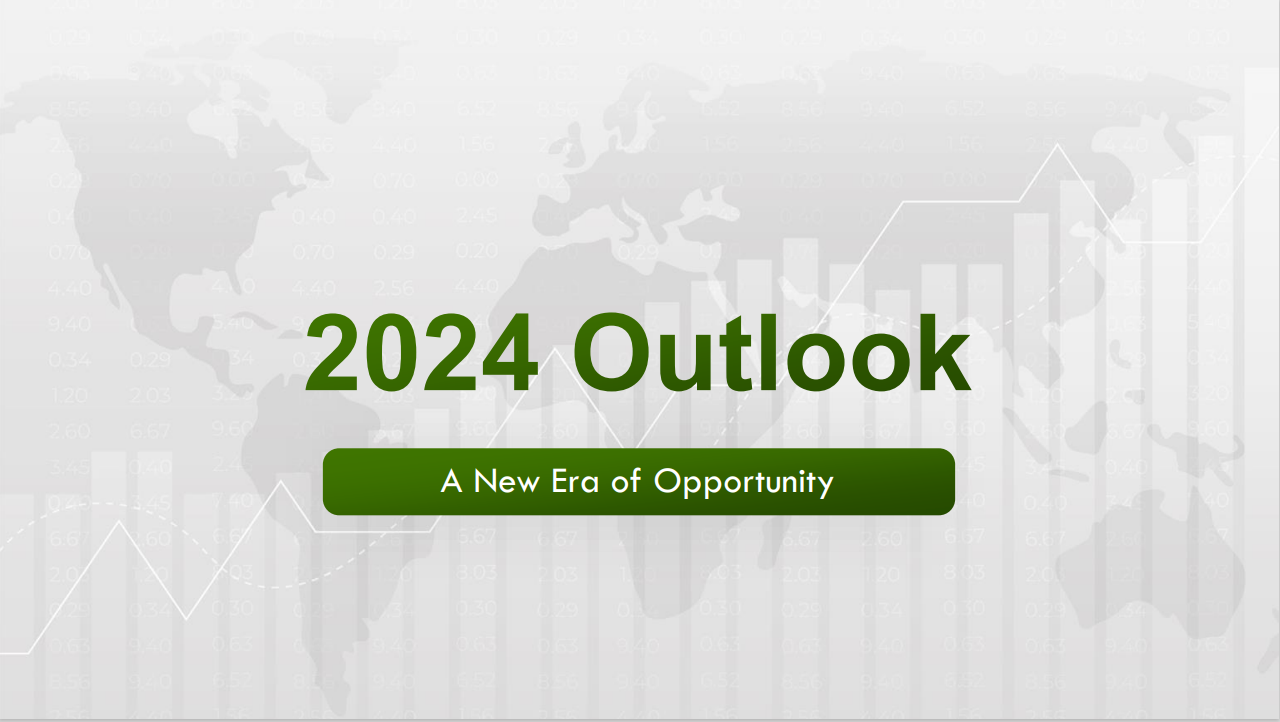2024 Annual Market Outlook
In 2023, the financial world witnessed the unexpected. Had I predicted at the end of 2022 that the S&P 500 would surge over 20% to reach all-time highs by year's end, most would have dismissed me as overly optimistic. Yet, that's exactly what transpired. This seemed implausible initially due to the Federal Reserve's unprecedented tightening cycle, negative year-over-year leading economic indicators, and an evident slowdown in economic growth. Despite these factors, and the ensuing credit contraction impacting commercial real estate and banking sectors, the stock market defied expectations and rose.
This scenario exemplifies the pitfalls of predictions. People tend to think in binaries: good or bad, bear or bull, recession or expansion. But markets and life are far more complex. Numerous variables influence prices, which is why I regard price as the ultimate indicator for any discerning investor. Price represents the current reality, making it a cornerstone of our investment analysis. Given the inherent unpredictability, relying solely on predictions to guide investment decisions can be misleading.
As we approach the new year, financial media outlets like CNBC and Bloomberg are busy with their 2024 forecasts for the S&P 500. We choose to step away from this tradition. The S&P 500, while influential, should not be the sole focus for investors. Historically, it has yielded an average annual real return (CAGR) of 6.91% from January 1, 1871, through December 31, 2022, including dividends (source: Robert Shiller and Yahoo! Finance). However, it has also experienced six major bear markets, each with over 59% decline from previous peaks. This contradicts the recent perception that stocks invariably rise. Notably, many investors, aspiring for a 17.5% return on investments according to CNBC, may find the historical average of 7% after inflation less appealing, especially given the high volatility.
I propose a more grounded approach to investing, focusing on practical strategies rather than chasing elusive forecasts. I am excited to share some long-term themes that I believe offer exceptional opportunities, moving beyond the conventional focus on the S&P 500. For those interested in the S&P 500, I recommend direct indexing, incorporating tax loss harvesting, and minimizing tracking error for a more fruitful investment experience.

